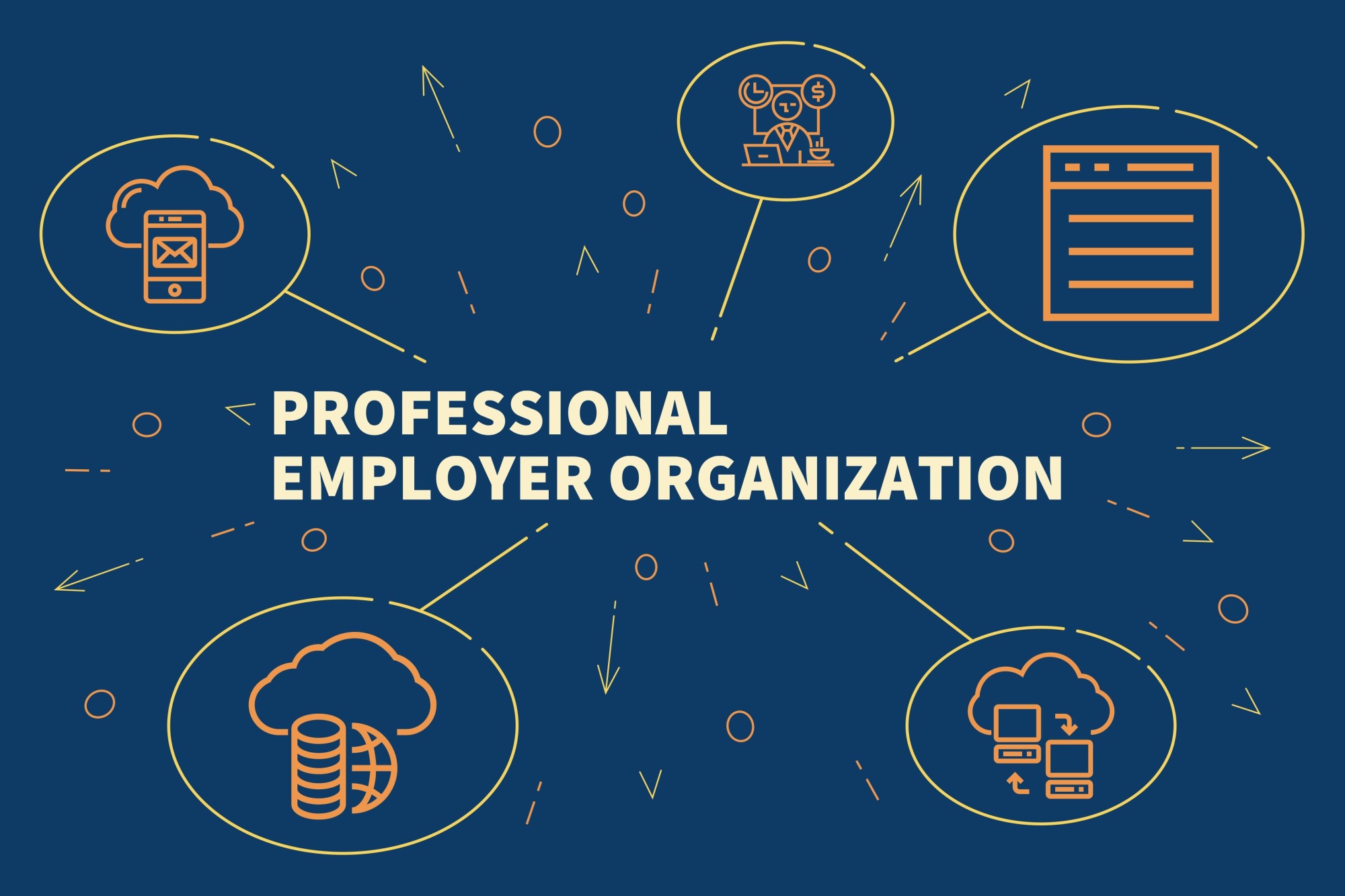
The American workforce landscape is always changing. With the recent health crisis, work habits have evolved once again. The rising cost of benefits offers plenty of opportunities for employers.
Consider a professional employer organization (PEO) to help manage the workforce benefits. A PEO forms a relationship with a business that offers a variety of services.
By learning about the professional employer organization pros and cons, you can make an educated decision for your business.
What Is a PEO?
A PEO unites an employer with an organization to manage and lease employees jointly. The PEO takes part of the responsibility of health benefits, workers’ compensation, taxes, and other human resource functions.
A client that partners with a PEO will pay them to handle most of the payroll and benefits administration. Essentially, the HR department is outsourced.
However, all leased employees will have their wages reported under a PEO instead of the client. Additionally, a client company is usually offered benefits and services it wouldn’t be able to have otherwise.
Professional Employer Organization Pros and Cons
Like any business, there are advantages and disadvantages to outsourcing any business functions to a third party.
Pros
Partnering with another business to help provide services and benefits for your employees helps share risk and cost. Here are some of the pros to consider:
- Shared liability
- Lower benefit rates
- Better access to HR services
- Payroll processing
- Lower overhead
Partnering with a PEO means you are now leasing your employees and employ them along with the PEO. All liability and risk are now shared, and a PEO will typically handle all reporting for unemployment and workers’ compensation cases.
Most PEOs have partnerships with multiple businesses. This lets the PEO claim a large number of employees. The more employees a business claims, the better variety and rates they can secure.
The PEO will be able to offer health benefits and unemployment insurance rates a regular business would never be able to afford.
Does your business lack a proper recruiting and onboarding program for new employees? A PEO can provide uniform training a smaller business can’t afford. You can attract and develop top-level talent with excellent HR services.
Minimize administrative processes and positions by having a third party process the payroll. Make sure you understand if a service only processes the payroll or if the setup is managed as well.
Ultimately, your goal is to improve your bottom line. If a PEO costs too much, it doesn’t make sense to partner with them.
Cons
A PEO might seem like a positive business venture, but it may not fit your business vision. Here are some of the cons of using a third party company:
- Loss of control
- Quality of benefits
- Available information
- Compliance issues
- Expensive
When you form a relationship with a PEO, your employees now answer to both you and the third-party company. If there’s a problem, both you and the service provider have to come to a solution. This process could take a long time and be ineffectual.
Without complete control of the culture of the workplace, the PEO might hurt the unity and morale of a workforce.
Lower health benefits are great for the bottom line and your employees’ wallets, but the quality might suffer. Also, you are no longer empowered to pick the provider or customize the plans.
A PEO could change providers at any moment with no input from you or the employees. This can leave workers confused, or it can make them feel left out.
If an employee has a request or question, you won’t be able to accommodate their problem. A simple application or petition would have to be submitted to PEO management.
As a hands-off management team, the work is reduced for you but the delay and loss of time may be detrimental to operations.
Make sure your PEO company files taxes on your behalf. Failing to have your taxes filed on time can result in hefty fines and possible prosecution. If possible, include a clause that makes the third-party responsible for fines or penalties.
PEO is perfect for small organizations and businesses, but as the company expands it becomes too expensive. Some providers will charge as much as 11% of wages per employee.
What PEO Is Right for You?
After considering the professional employer organization pros and cons, do your own research into the PEOs in your area. The largest organizations aren’t always the best. Figure out what your business needs and what is offered.
To get started, you can check out the NAPEO website. This site contains a list of PEOs and their accreditations by state.
Remember, you will completely minimize the need for an HR department. All of your policies and procedures could be replaced by a PEO.
The extra time you gain can be dedicated to sales, customer service, communication, and IT integration. If an employee is hurt on the job, you can let the PEO handle the workers’ comp case and just worry about putting in new safeguards.
Mitigate concerns and excitement by knowing the right questions to ask when interviewing PEOs. Ask some of the questions:
- What is your pricing model? Does it change as the company grows?
- What is your cancellation policy?
- Is your company educated in local, state, and federal labor laws?
- Do you have current accreditation standards?
- Do you have referrals I can call?
Think of questions that refer specifically to your business and its needs. Cut through all the sales pitch to get to the answers you need.
To Partner or Not to Partner
The professional employer organization pros and cons should help you decide if your business can partner with a third-party to lease employees. Knowing how your business fits into the changing times ensures its viability.
If you are interested in more engaging articles, please keep scrolling the blog.

Leave a Reply